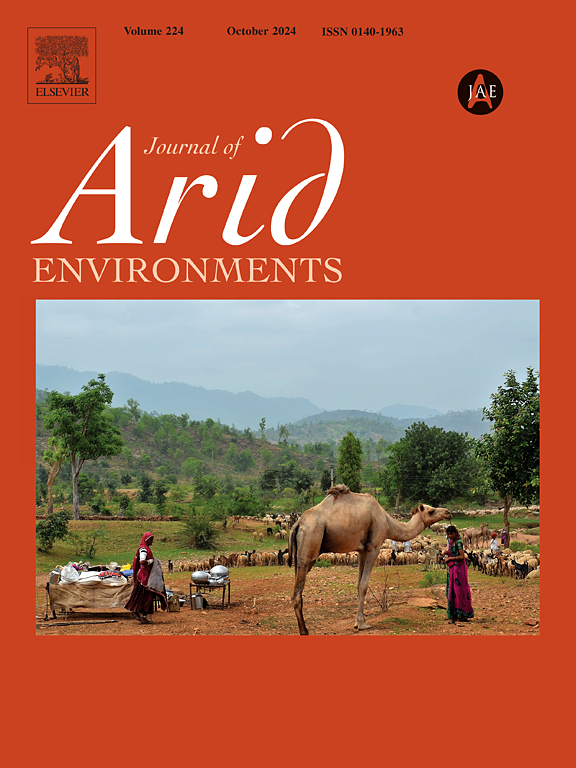墨西哥坎佩切湾海岸沙丘砂砂中不同粒度的有机碳储量
IF 2.5
3区 环境科学与生态学
Q2 ECOLOGY
引用次数: 0
摘要
海岸带沙质土壤是动态的,其固碳能力的估算对海岸带生态系统的恢复至关重要。研究了坎佩切湾沿海沙丘砂质土壤(Arenosols)土壤有机碳储量在1000、500和250 μm 3种粒径和低、中、高侵蚀条件下的分布规律。研究了1000、500和250 μm粒径土壤的粒径分布、地上和地下生物量、有机质和土壤有机碳含量。极粗、粗和中沙粒在海岸沙丘上占主导地位。根状根主要分布在潮上带,而在高侵蚀的潮下带不存在根状根。低侵蚀条件下土壤保持较高的有机碳含量,突出了极粗颗粒(1000 μm)对有机碳固存的贡献。综上所述,碳固存主要与颗粒大小(中等砂储量超过60℃/ t /ha)以及地上和地下生物量的贡献有关,特别是根茎根系,它们在缓解海岸侵蚀方面发挥着关键作用。我们的研究结果表明,鉴于提供环境服务和对气候变化的高度脆弱性,我们需要集中精力恢复沿海沙丘。本文章由计算机程序翻译,如有差异,请以英文原文为准。
Organic carbon stock between different grain sizes in Arenosols from the coastal dunes of Campeche Bay, Mexico
Coastal sandy soils are dynamic, and so estimating their organic carbon sequestration capacity is crucial for restoration for the restoration of coastal ecosystems. We assessed the distribution of soil organic carbon stock between three grain sizes (1000, 500, and 250 μm) and three erosion conditions (low, medium and high) in sandy soils (Arenosols) on the coastal sand dunes of Campeche Bay. We analyzed particle size distribution, aboveground and belowground biomass, organic matter and the soil organic carbon contained in 1000, 500, and 250 μm grain size. Very coarse, coarse, and medium sand grains predominate on coastal dunes. Rhizomatous roots prevailed in the supratidal zones and were absent in the infratidal zones with high erosion. Soils under low erosion conditions maintained high organic carbon contents, highlighting the contribution of very coarse grains (1000 μm) for organic carbon sequestration. In conclusion, carbon sequestration is mainly associated with grain size – medium sand stores over 60 C ton/ha - and the contribution of both aboveground and belowground biomass, particularly rhizomatous roots, which play a crucial role in mitigating coastal erosion. Our findings suggest the need to focus our efforts on restoring coastal dunes given the provision of environmental services and high vulnerability to climate change.
求助全文
通过发布文献求助,成功后即可免费获取论文全文。
去求助
来源期刊

Journal of Arid Environments
环境科学-环境科学
CiteScore
5.70
自引率
3.70%
发文量
144
审稿时长
55 days
期刊介绍:
The Journal of Arid Environments is an international journal publishing original scientific and technical research articles on physical, biological and cultural aspects of arid, semi-arid, and desert environments. As a forum of multi-disciplinary and interdisciplinary dialogue it addresses research on all aspects of arid environments and their past, present and future use.
 求助内容:
求助内容: 应助结果提醒方式:
应助结果提醒方式:


